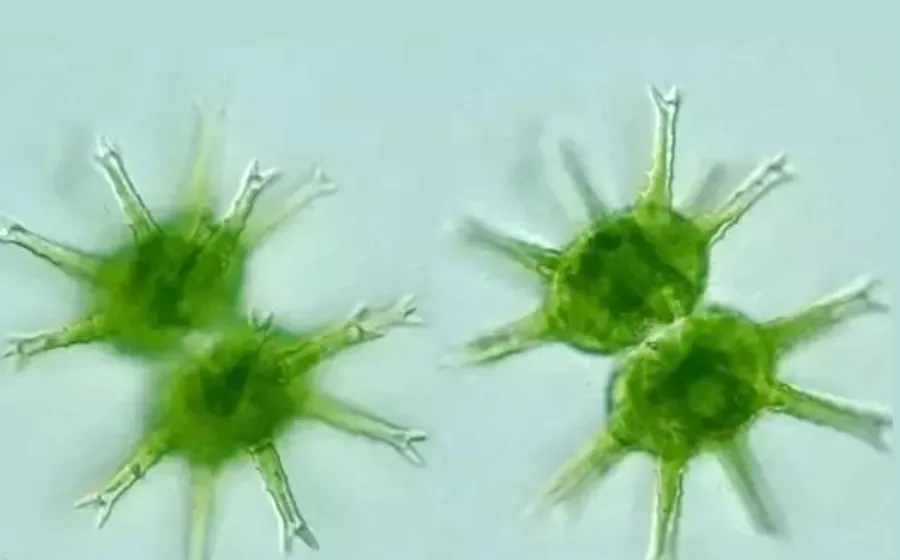
Water Ecological Environment Quality Monitoring and Evaluation Solution
This solution is based on the Ecological Environment Monitoring Plan Outline (2020–2035), which emphasizes the transition from surface water quality monitoring to water ecological monitoring. It advocates for the establishment of a watershed-based water ecological monitoring and evaluation system. Traditional physicochemical monitoring indicators, such as chemical oxygen demand (COD), ammonia nitrogen, and heavy metals, often do not accurately reflect the complex trends in water environmental quality, thereby failing to meet the evolving requirements of water environment management and evaluation.
Water ecological monitoring employs a biological perspective by evaluating aquatic organisms (e.g., algae, large benthic invertebrates, and fish) based on their community structures, functions, and physiological and biochemical indicators. This comprehensive monitoring approach effectively characterizes the health and integrity of ecosystems. Its sensitivity, objectivity, and accuracy render it particularly effective for advancing water management goals from "pollution prevention and control" to "water ecosystem protection."
The solution integrates hydrological, physicochemical, and biological monitoring methods to evaluate watershed water ecosystems. It utilizes automatic water environment monitoring, environmental DNA (eDNA) monitoring, and aquatic organism monitoring, with a primary focus on water ecological oversight and management. By employing modern sensing technologies, advanced water ecological monitoring techniques, automated measurement and control systems, computer applications, hydrodynamic and water quality coupling models, as well as specialized analytical software and communication networks, the solution creates a dynamic, visualized information system designed for effective management and decision-making. It establishes a multi-dimensional and multi-scale capability for water ecological assessment through the following components:
Habitat Surveys
Habitat surveys include:
Hydrological factors (e.g., water level, flow, sediment content, soil content, infiltration).
Climatic characteristics (e.g., precipitation, evaporation, temperature, humidity, wind).
Watershed geography (e.g., topography, geology, water systems, watershed boundaries, soil, vegetation).
River conditions (e.g., width, depth, bends, structures).
Human activities (e.g., water conservation measures, land use, industrial/agricultural water usage). Flood and drought conditions, social and economic factors.
Physicochemical Monitoring
Establish water quality automatic monitoring stations.
Follow GB 3838 standards for conventional monitoring projects and other characteristic indicators relevant to river water environment quality.
Biological Monitoring
Monitor aquatic organisms using eDNA, large benthic invertebrates, zooplankton, phytoplankton, periphytic algae, and large aquatic plants.
● Collection of extensive scientific data from habitat surveys, physicochemical monitoring, and biological monitoring.
● Offers a more scientific and objective assessment of the water ecosystem, water quality, and hydrological conditions of the monitored water body.
● Seamlessly integrates the water ecological monitoring database with genetic baseline databases.
● Enables the analysis and visualization of water ecological models.
● Fixed water quality monitoring stations
● Outdoor small shed water quality monitoring stations
● Integrated cabinet water quality monitoring stations
● Multi-channel automated water quality laboratories
● Intelligent sampling terminals
● eDNA monitoring systems
● Optical microscopes
● PCR analyzers





